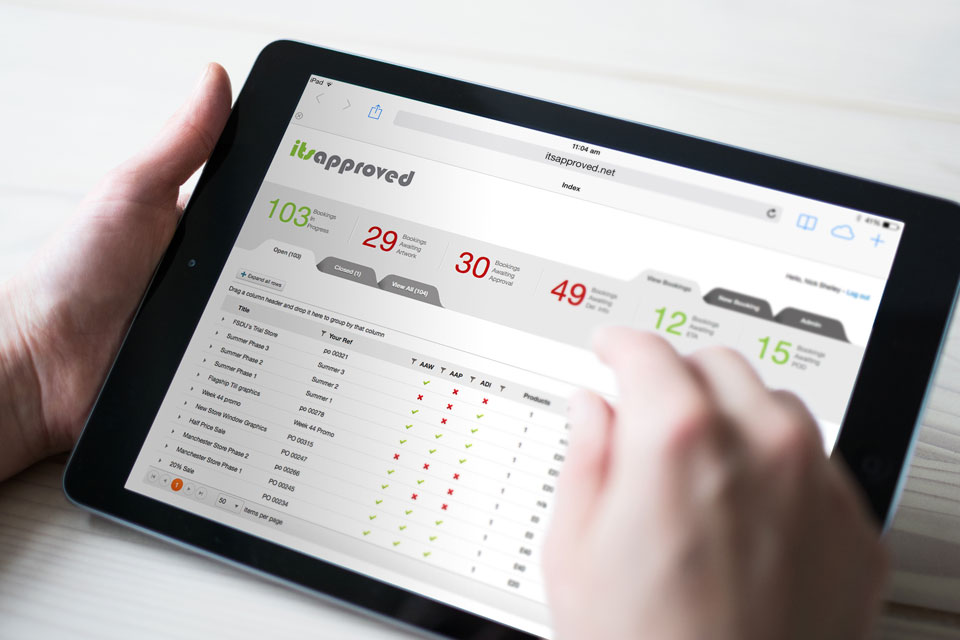EVENT REVIEW: Print & Digital Innovations Summit
The UK’s senior print procurement professionals converged on the Hilton London Canary Wharf last month for a full working day of networking and connection building at the Print & Digital Innovations Summit.
More than 60 delegates and a host of leading industry suppliers talked through projects, objectives and challenges in a series of one-to-one business meetings and interactive seminars.
In the opening keynote Augmented Reality And Other New Technology: How To Decide What To Do Or NOT Do Next, Christoph Trappe, Director of Content at Stamats Business Media, shared his process of quickly evaluating, testing and moving forward without making the evaluation process a fulltime job.
Meanwhile, in his seminar The Future For Print, Sean Smyth, Consultant and Analyst at SSS, looked at how new technology will impact future print markets – and how developments can be levered to make printed material work harder.
Attending delegates included representatives from A Nelson & Co, Abel & Cole, Beauty Bay, Boden, Brora, Cancer Research UK, Chartered Institution of Civil Engineering Surveyors, Civil Society Media, Covea Insurance, Direct Line Group, Dubarry, Fitflop, Marie Curie, Miller Insurance Services, Not On The High Street, Pasquill, Santander, Swansea University, The Hut Group The Lalit London and more.
and more.
Sarah Hendy, Managing Director at Forum Events, said: “It was fantastic to see so many delegates and suppliers make new connections during the event, illustrating just what an interesting time it is for the sector.
“The Summit is a great way for the entire print procurement sector to come together under one roof – we can’t wait to welcome everyone back next year.”
To secure a complimentary delegate place at the next Print & Digital Innovations Summit on November 14th 2019, call Emily Gallagher on 01992 374084 or email e.gallagher@forumevents.co.uk.
To attend as a supplier, call Joel Milson on 01992 374070 or email j.milson@forumevents.co.uk.
For more information, visit www.printinnovationssummit.co.uk.










